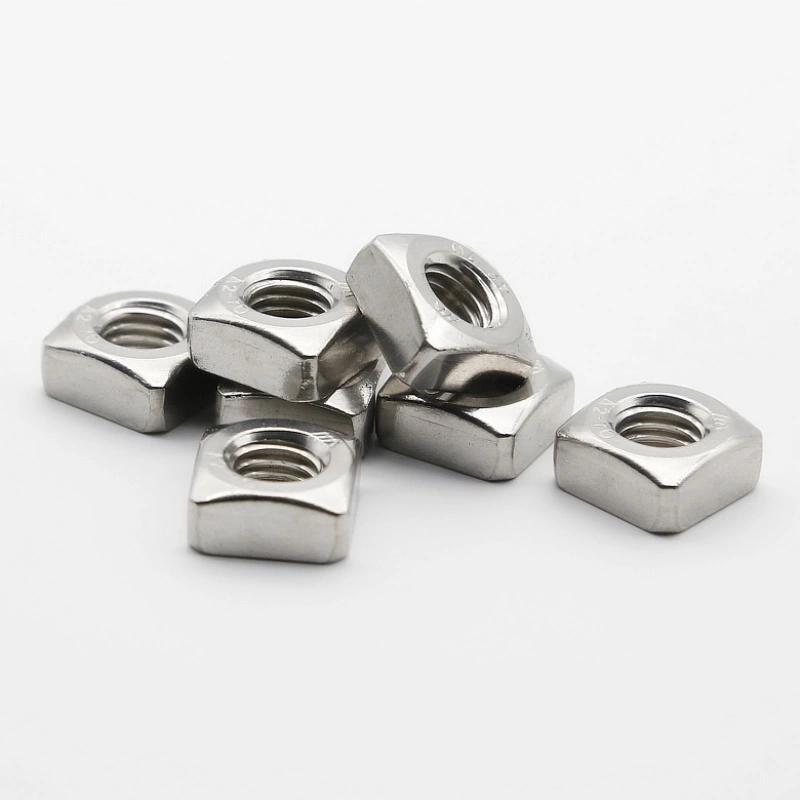

Differences Between Stud Bolts and Machine Bolts in Fastening Applications
Th11 . 29, 2024 12:58 Back to list
Differences Between Stud Bolts and Machine Bolts in Fastening Applications
Understanding the Differences Between Stud Bolts and Machine Bolts A Comprehensive Guide
When it comes to fastening components in various engineering and construction applications, selecting the right type of bolt is crucial. Two commonly used fasteners are stud bolts and machine bolts. Although they may appear similar at first glance, they serve different purposes and come with their own set of characteristics, advantages, and applications. In this article, we will explore the distinctions between stud bolts and machine bolts, helping you make informed decisions for your projects.
What is a Stud Bolt?
A stud bolt is an elongated cylindrical fastener that features threads on both ends and is typically used in conjunction with nuts. Unlike standard bolts, which are designed with heads that can be tightened using a wrench or a screwdriver, stud bolts do not have a head. Instead, they are installed entirely within a joint, requiring nuts on both ends to secure them in place. This design makes stud bolts particularly effective in applications with high stress or pressure, such as in piping systems, flanged connections, and heavy machinery.
Key Characteristics of Stud Bolts
1. Length and Customization Stud bolts can be manufactured in various lengths to accommodate different applications. This customization allows for flexibility in assembly and ensures a snug fit.
2. Increased Load Capacity The absence of a head allows for even distribution of load across the entire stud, enhancing its load-bearing capacity compared to a conventional bolt.
3. Corrosion Resistance Many stud bolts are made from specialized alloys or coated with protective materials to resist corrosion, especially in harsh environments.
What is a Machine Bolt?
Machine bolts, on the other hand, are designed with a head on one end and a threaded shaft on the other. They are used to fasten various components together, usually by threading the bolt into a pre-drilled hole or by using a nut on the threaded end. Machine bolts are found in a wide range of applications, from mechanical assemblies to construction projects.
Key Characteristics of Machine Bolts
stud bolt and machine bolt - a fastener

1. Head Type and Design The head of a machine bolt can vary in type, including hexagonal, square, or round. This variety offers different options for tools and ease of application.
2. Versatility Machine bolts are versatile and can be used in a multitude of applications, ranging from fastening wood and metal components to securing heavy machinery.
3. Ease of Installation Thanks to the head design, machine bolts can be easily installed or removed using a wrench, screwdriver, or other tools, making them convenient for maintenance and assembly tasks.
Key Differences Between Stud Bolts and Machine Bolts
While stud bolts and machine bolts share the common purpose of fastening materials, there are several critical differences that set them apart
1. Design The most straightforward difference is in design; stud bolts are headless and require nuts for installation, whereas machine bolts have a head and can be inserted directly into their designated holes.
2. Application Stud bolts are primarily used in high-stress environments where corrosion resistance is vital, such as in pipelines or pressure vessels. Conversely, machine bolts are generally found in everyday applications, including furniture assembly and light-duty construction.
3. Load Handling Stud bolts often provide better load distribution due to their all-thread design, making them suitable for more weight-intensive applications. Machine bolts, while adequate for many tasks, may not handle extreme loads as effectively.
4. Installation The installation process differs significantly. Stud bolts require nuts for both ends and may involve more steps than the simpler insertion of machine bolts that only require a single threaded end.
Conclusion
Choosing between stud bolts and machine bolts primarily depends on the specific requirements of your project. Understanding the properties and applications of both types of fasteners is crucial for optimal performance and safety in your assemblies. By considering factors like load capacity, installation method, and environmental conditions, you can select the appropriate fastener and ensure the durability and reliability of your constructions and machines. Whether you are an engineer, construction professional, or DIY enthusiast, a clear understanding of these fasteners can aid significantly in planning and executing successful projects.
Latest news
-
Hot Dip Galvanized Bolts - Hebei Longze | High Strength, Corrosion Resistance
NewsAug.01,2025
-
High-Strength Hot Dip Galvanized Bolts - LongZe | Corrosion Resistance, Custom Sizes
NewsAug.01,2025
-
Best Self Tapping Screws for Drywall - Fast & Secure Installation
NewsJul.31,2025
-
High-Strength Hot Dip Galvanized Bolts-Hebei Longze|Corrosion Resistance&Customization
NewsJul.31,2025
-
Hot Dip Galvanized Bolts-Hebei Longze Metal Products|Corrosion Resistance&High Strength
NewsJul.31,2025
-
Hot Dip Galvanized Bolts-About LongZe|High Strength, Corrosion Resistance
NewsJul.30,2025

